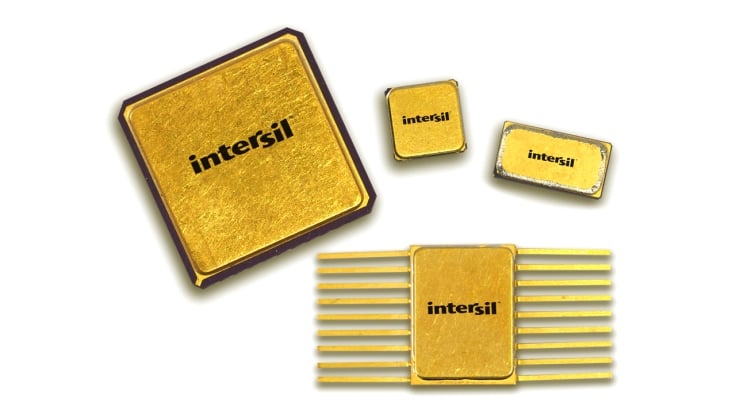超高信頼性SMD、/883、Class-V/Q製品
ルネサスは、軍事・航空宇宙産業の主要サプライヤーとして、苛酷な環境下でも最高水準の信頼性と性能を備えた豊富な製品設計のな経験を活かしています。 ルネサスの製品は、ほとんどの人工衛星に搭載されています。
- 耐放射線対応:ルネサスの耐放射線SMD製品はすべてMIL-PRF-38535/QMLに準拠し、バーンイン試験に100%合格しています。 宇宙および苛酷な環境向けに、耐放射線およびシングルイベント効果(SEE)Class-V(宇宙グレード)に準拠した幅広い製品をラインアップしています。
- 放射線耐性:ルネサスの耐放射線性プラスチックパッケージICは、高速インターネット接続などのソリューションを世界中のコミュニティ、政府、企業などに提供する小型衛星という新しい分野をサポートするように設計されています。
- 防衛と高信頼性:軍事、航空宇宙、その他の苛酷な環境用途向けに、高性能なアナログ、デジタル、パワーマネジメント製品を提供しています。 SMD製品はハーメチックパッケージを採用しており、-55°C~+125°Cの性能を保証、MIL-PRF-38535に準拠し、バーンイン試験に100%合格しています。


